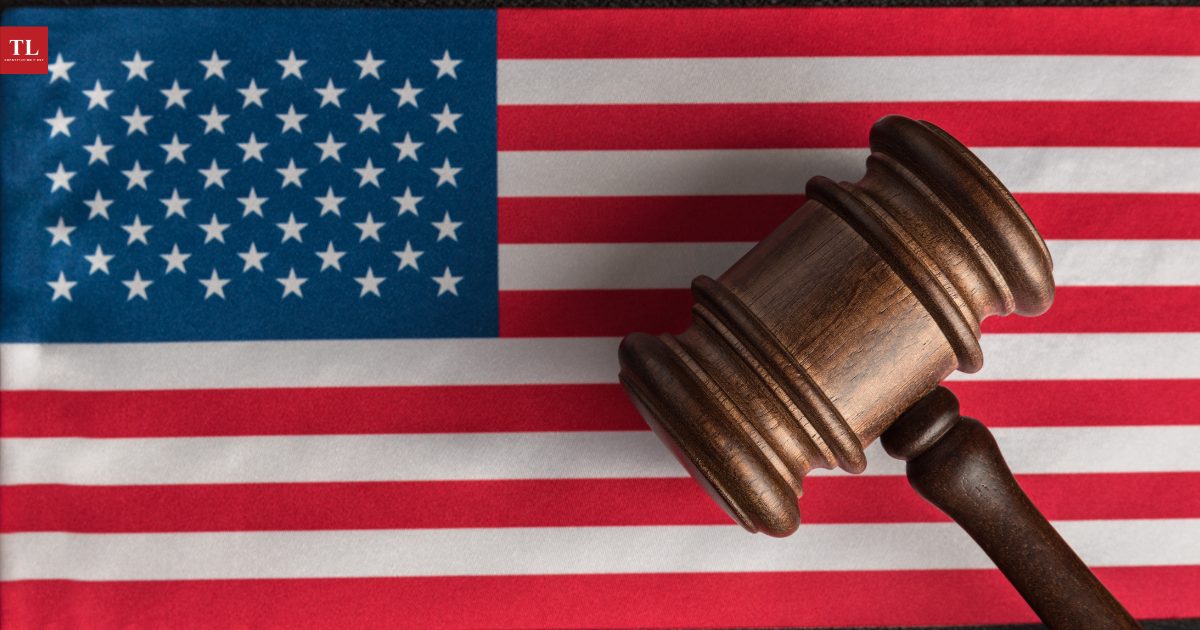One of the most important, most interesting, and, possibly, most confusing
features of the judiciary in the United
States is the dual court system; that is,
each level of government (state and national) has its own set of courts. Thus,
there is a separate court system for each
state, one for the District of Columbia,
and one for the federal government.
Some legal problems are resolved entirely in the state courts, whereas others
are handled entirely in the federal
courts. Still others may receive attention from both sets of tribunals, which
sometimes causes friction.
The federal
courts are discussed in this chapter and
the state courts in chapter 2.
THE HISTORICAL CONTEXT
P
rior to the adoption of the Constitution, the United States was
governed by the Articles of
Confederation. Under the Articles,
almost all functions of the national
government were vested in a singlechamber legislature called Congress.
There was no separation of executive
and legislative powers.
The absence of a national judiciary
was considered a major weakness
of the Articles of Confederation.
Consequently, the delegates gathered
at the Constitutional Convention in
Philadelphia in 1787 expressed widespread agreement that a national judiciary should be established. A good
deal of disagreement arose, however,
on the specific form that the judicial
branch should take.
The Constitutional Convention
and Article III
The first proposal presented to the
Constitutional Convention was the
Virginia Plan, which would have set
up both a Supreme Court and inferior
federal courts. Opponents of the
Virginia Plan responded with the
New Jersey Plan, which called for the
creation of a single federal supreme
tribunal. Supporters of the New Jersey
Plan were especially disturbed by the
idea of lower federal courts.
They argued that the state courts could hear
all cases in the first instance and that a
right of appeal to the Supreme Court
would be sufficient to protect national
rights and provide uniform judgments
throughout the country.
The conflict between the states’
rights advocates and the nationalists
was resolved by one of the many
compromises that characterized the
Constitutional Convention.
The compromise is found in Article III of the
Constitution, which begins, “The judicial Power of the United States, shall
be vested in one supreme Court, and
in such inferior Courts as the Congress may from time to time ordain
and establish.”
The Judiciary Act of 1789
Once the Constitution was ratified,
action on the federal judiciary came
quickly. When the new Congress
convened in 1789, its first major
concern was judicial organization.
Discussion of Senate Bill 1 involved
many of the same participants and
arguments as were involved in the
Constitutional Convention’s debates
on the judiciary. Once again, the question was whether lower federal courts
should be created at all or whether
federal claims should first be heard
in state courts. Attempts to resolve
this controversy split Congress into
two distinct groups.
One group, which believed that
federal law should be adjudicated in
the state courts first and by the U.S.
Supreme Court only on appeal, expressed
the fear that the new government would destroy the rights of the
states. The other group of legislators,
suspicious of the parochial prejudice
of state courts, feared that litigants
from other states and other countries
would be dealt with unjustly. This latter group naturally favored a judicial
system that included lower federal
courts. The law that emerged from this
debate, the Judiciary Act of 1789, set
up a judicial system composed of a
Supreme Court, consisting of a chief
justice and five associate justices; three
circuit courts, each comprising two
justices of the Supreme Court and a
district judge; and 13 district courts,
each presided over by one district
judge. The power to create inferior
federal courts, then, was immediately
exercised. Congress created not one
but two sets of lower courts.
THE U.S. SUPREME COURT
S
upreme Court Justice Charles
Evans Hughes wrote in The
Supreme Court of the United
States (1966) that the Court “is distinctly American in conception and
function, and owes little to prior judicial institutions.” To understand what
the framers of the Constitution envisioned for the Court, another American concept must be considered: the
federal form of government. The
Founders provided for both a national
government and state governments;
the courts of the states were to be
bound by federal laws. However, final
interpretation of federal laws could
not be left to a state court and certainly not to several state tribunals, whose
judgments might disagree. Thus, the
Supreme Court must interpret federal
legislation. Another of the Founders’
intentions was for the federal government to act directly upon individual
citizens as well as upon the states.
Given the Supreme Court’s importance to the U.S. system of government, it was perhaps inevitable that
the Court would evoke great controversy. Charles Warren, a leading student of the Supreme Court, said in
The Supreme Court in United States
History: “Nothing in the Court’s history is more striking than the fact that
while its significant and necessary
place in the Federal form of Government has always been recognized by
thoughtful and patriotic men, nevertheless,
no branch of the Government
and no institution under the Constitution has sustained more continuous
attack or reached its present position
after more vigorous opposition.”
The Court’s First Decade
George Washington, the first president
of the United States, established two
important traditions when he appointed the first Supreme Court justices. First, he began the practice of
naming to the Court those with whom
he was politically compatible.
Washington, the only president ever to have
an opportunity to appoint the entire
federal judiciary, filled federal judge ships, without exception, with faithful
members of the Federalist Party.
Second, Washington’s appointees offered roughly equal geographic representation on the federal courts. His
first six appointees to the Supreme
Court included three Northerners and
three Southerners.

